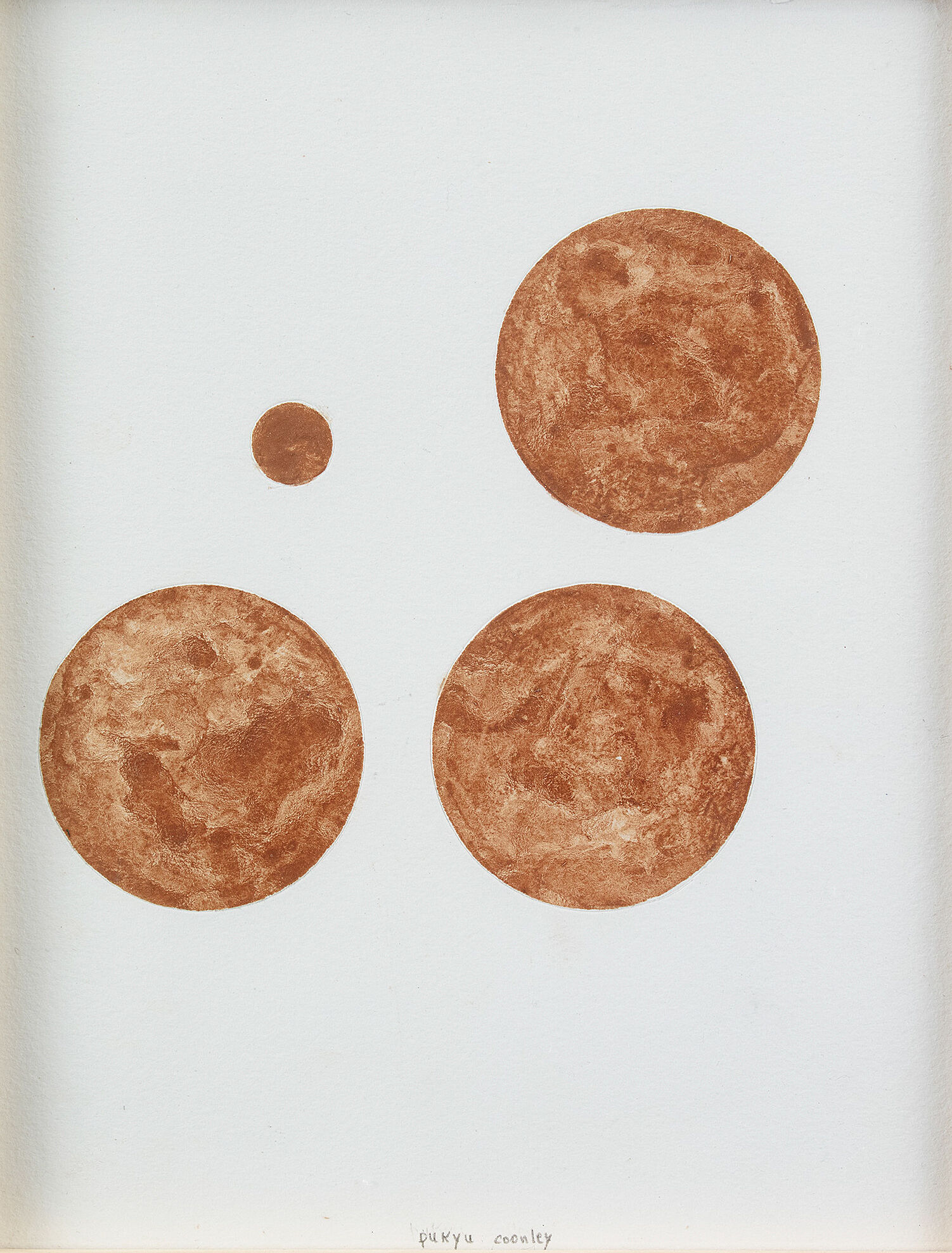Pacha, Llaqta, Wasichay: Indigenous Space, Modern Architecture, New Art | Art & Artists
July 13–Sept 30, 2018
Pacha, Llaqta, Wasichay: Indigenous Space, Modern Architecture, New Art | Art & Artists
william cordova
1
william cordova’s work draws on a rich variety of cultures, religions, and artistic sources to investigate the relationship between architecture, ritual, and spirituality. His site-specific installation huaca (sacred geometries) alludes to Huaca Huantille, a temple built by the pre-Incan Ichma culture in what is now Lima, Peru. The temple was named a heritage site by the Peruvian government in 2001 and since then has become a tourist attraction. When cordova was growing up near it, however, the site had long been neglected and was home to dispossessed families who improvised scaffold-like shelters there. This installation pays homage to these inventive dwellings and to the families displaced when the site was “reclaimed” by the city. For the artist, the scaffolds used throughout marginalized communities in Latin America and the Caribbean recall ancient sacred structures that represent infinity and constant flux.

